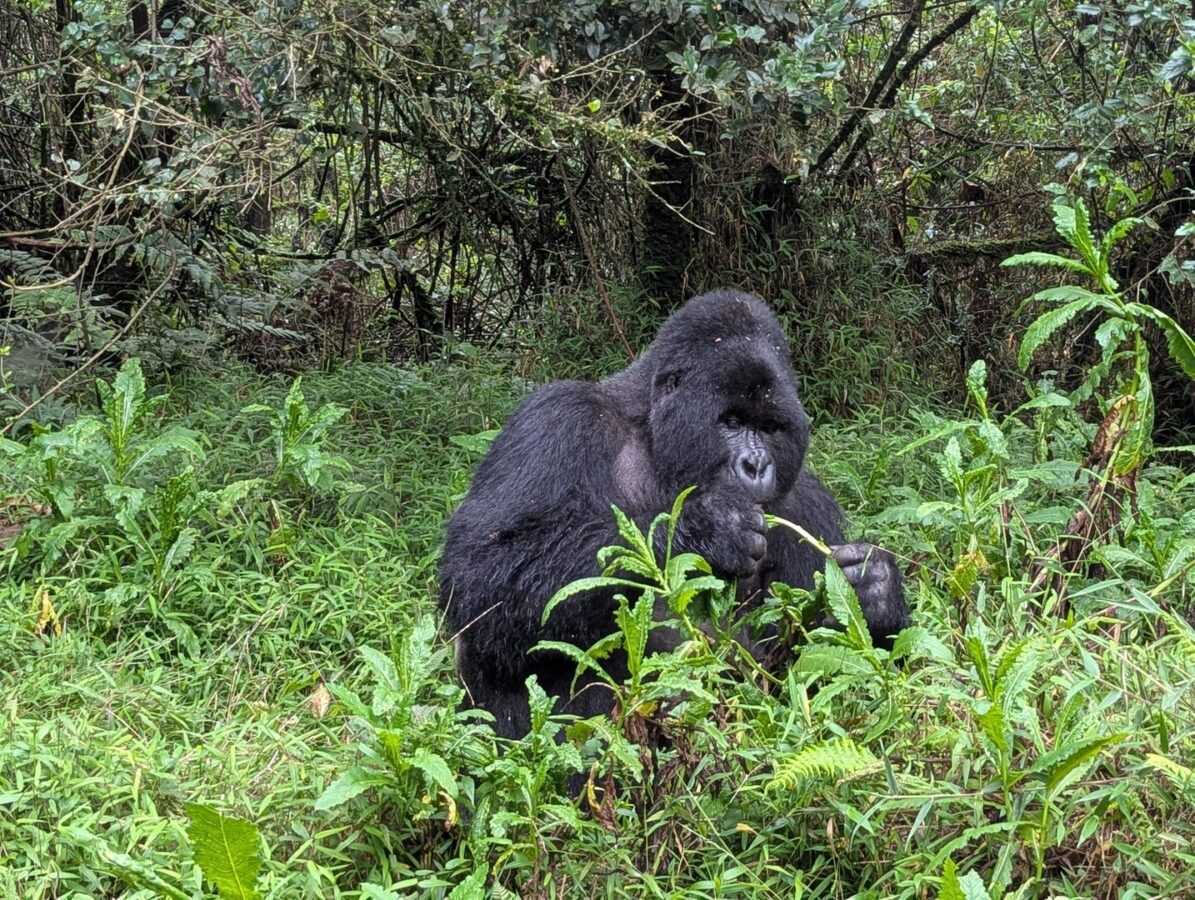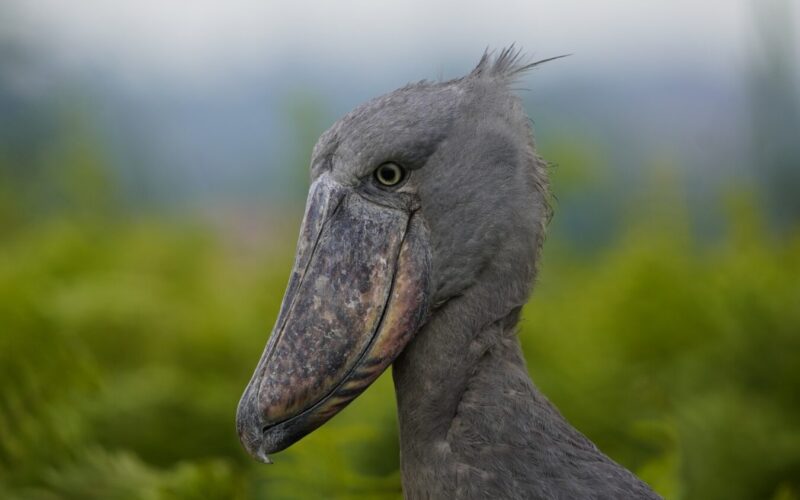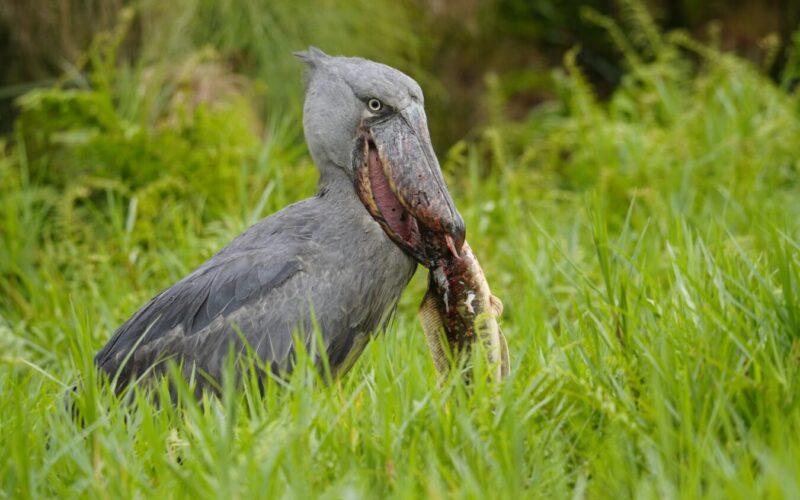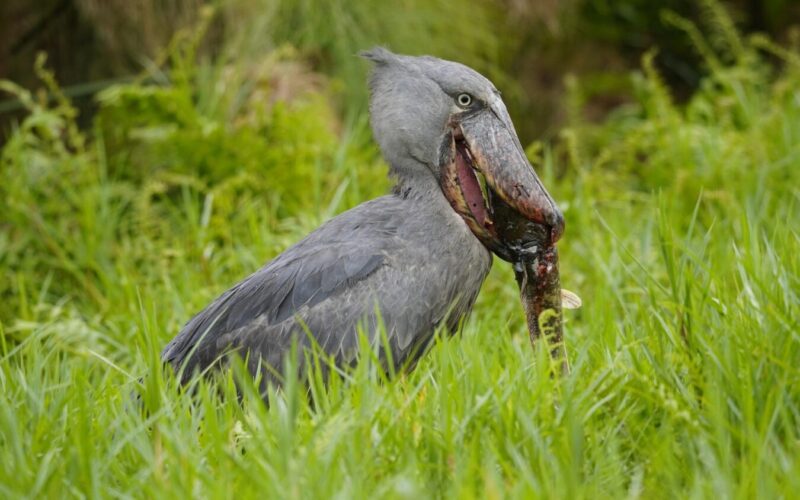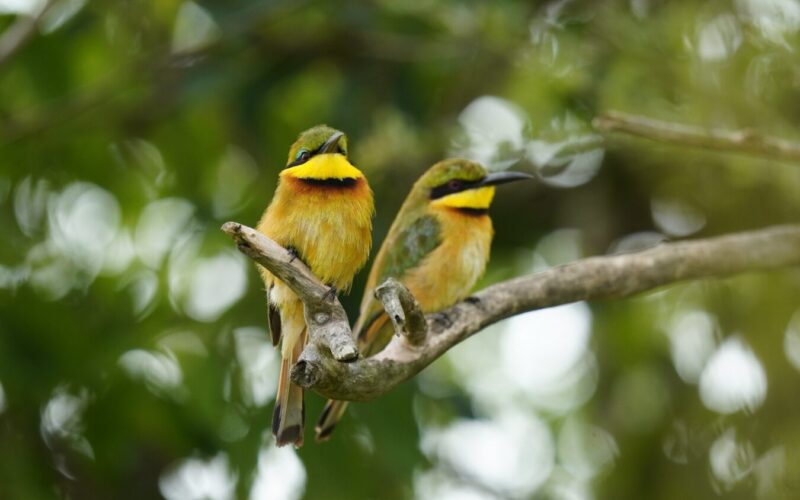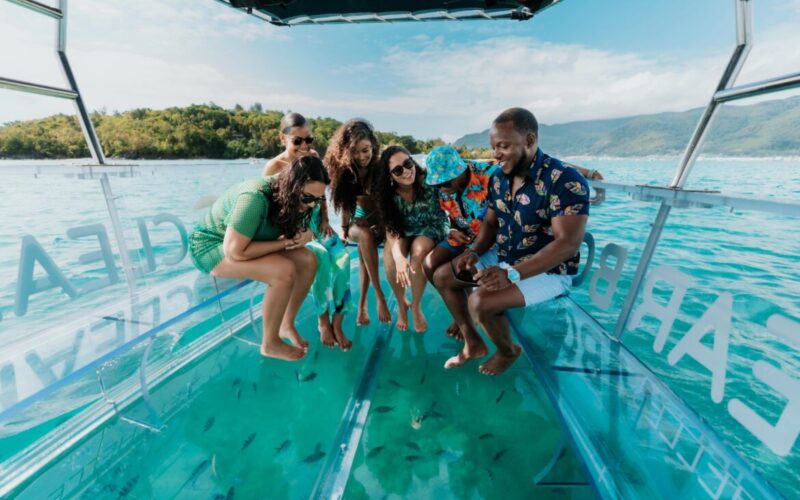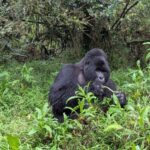
Volcanoes vs Serengeti National Park
October 9, 2025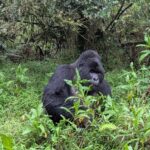
Rwanda LGBTQ+ Safaris
October 14, 2025What is the Difference Between Gorilla Tracking and Trekking?
Gorilla experiences in Africa remain the pinnacle of wildlife adventures. Many travelers planning Uganda Gorilla Trekking, Rwanda Gorilla Trekking, or combined Uganda Rwanda Gorilla Trekking often ask: What exactly is the difference between gorilla tracking and gorilla trekking? While the terms are sometimes used interchangeably, they describe distinct aspects of the same extraordinary journey. Understanding these nuances is essential for preparing for a Uganda Gorilla Safari, Rwanda Gorilla Safari, or multi-country Rwanda and Tanzania Safaris.
Essentially, gorilla tracking is the professional process executed by expert trackers before the tourist hike begins. It involves locating a specific habituated gorilla family, interpreting animal signs, and using local knowledge to predict the gorillas’ movements. On the other hand, gorilla trekking is the physical journey tourists undertake through forests, hills, and bamboo thickets to reach the gorillas for observation. Together, tracking and trekking form a seamless, thrilling, and highly organized experience that connects visitors with these gentle giants.
Deks Uganda Tours specializes in guiding travelers through this process, ensuring every Uganda Gorilla Tour or Rwanda Gorilla Tour is safe, rewarding, and culturally immersive. This comprehensive guide will detail the differences, the roles of trackers, the trekking experience, and practical insights to optimize your gorilla safari journey.
Gorilla Trekking: The Tourist’s Journey into the Wild
The Physical Adventure
Gorilla trekking refers to the immersive hike that travelers undertake to observe habituated gorilla families in their natural habitats. Whether in Uganda’s Bwindi Impenetrable Forest, Rwanda’s Volcanoes National Park, or even the Congo’s Virunga National Park, trekking requires navigating dense vegetation, uneven terrain, and sometimes steep inclines. The journey is both physically stimulating and emotionally profound, offering travelers a direct connection to the forest ecosystem.
Trekking allows visitors to experience the wildlife, flora, and cultural landscape of the region. For example, Bwindi’s trails wind through thick rainforest, showcasing orchids, moss-covered trees, and hidden streams. In Rwanda, treks in Volcanoes National Park offer panoramic views of the Virunga Mountains and the unique bamboo forests that gorillas favor. Trekking here combines adventure, discovery, and learning, making it a key feature of Uganda Gorilla Tours, Rwanda Gorilla Tours, and extended Uganda and Tanzania Safaris that pair gorilla encounters with savanna wildlife experiences.
Duration, Group Size, and Observation Experience
Most gorilla trekking tours limit the number of participants to a maximum of eight per group, ensuring both safety and minimal disturbance to the gorilla families. After a challenging but rewarding hike, visitors are allowed one hour to observe, photograph, and study the gorillas in their natural environment. During this time, travelers witness gorillas feeding, playing, grooming, and interacting in deeply social ways, offering a once-in-a-lifetime wildlife experience.
The hour-long observation is carefully regulated to maintain minimal human impact on the gorillas. Experienced guides explain behaviors, conservation efforts, and ecological context, enriching the Uganda Gorilla Safari or Rwanda Gorilla Safari with educational insights. Trekking is not just about physical exercise—it is about observing, learning, and connecting with one of Earth’s most endangered and fascinating species.
What Makes Gorilla Trekking Unique?
Gorilla trekking is more than a hike; it is an immersive encounter with an ecosystem that has remained largely unchanged for centuries. Trails lead through varied terrain: dense tropical forests in Uganda, misty volcanic slopes in Rwanda, or open bamboo patches near volcano craters. Each environment provides unique photographic opportunities, birdwatching experiences, and chances to observe smaller primates such as golden monkeys.
For travelers extending their journey into Rwanda and Tanzania Safaris or Uganda and Tanzania Safaris, trekking becomes the first step in a broader East African adventure. From observing gorillas in misty forests to tracking lions, elephants, and zebras on vast savannas, trekking grounds visitors in a narrative that highlights biodiversity, conservation, and sustainable tourism.
Gorilla Tracking: The Expert’s Craft Behind the Scenes
The Purpose of Tracking
While trekking is the tourist experience, gorilla tracking is the crucial preparatory work undertaken by expert trackers. Early each morning, trackers leave their base to locate gorilla families that have moved during the night. Using years of experience, keen observation, and intimate knowledge of the forest, trackers identify feeding signs, footprints, nests, and vocalizations to predict gorilla movements.
Tracking ensures that tourists encounter the gorillas efficiently, safely, and respectfully. It is a profession requiring patience, precision, and an understanding of primate behavior that has been honed over decades. In essence, tracking is what makes Uganda Gorilla Trekking and Rwanda Gorilla Trekking successful and sustainable.
The Process of Tracking
Trackers begin by observing the gorilla families’ overnight resting sites and noting any fresh tracks or droppings. They also rely on subtle environmental cues, such as broken branches, foliage patterns, or gorilla vocalizations, to triangulate positions. Communication with other trackers allows them to refine predictions and ensure the group of tourists can access gorilla habitats safely.
This process highlights the collaborative nature of Uganda Gorilla Tours and Rwanda Gorilla Tours, where guides, trackers, and conservationists work in harmony. The trackers’ expertise ensures that trekkers experience minimal disturbance to the gorillas, while also contributing to broader conservation monitoring. Tracking is, therefore, an invisible yet indispensable element of the gorilla trekking adventure.
Why Tracking Matters for Conservation
Beyond guiding tourists, tracking plays a critical role in conservation. Trackers monitor gorilla health, population movements, and behavior patterns, providing vital data for research and preservation initiatives. By combining tracking with trekking, tourists indirectly support conservation funding and awareness programs, reinforcing sustainable tourism in Uganda, Rwanda, and Congo.
For travelers planning Uganda Gorilla Trekking vs Rwanda Gorilla Trekking, understanding tracking emphasizes the sophistication behind these experiences. Trekking is the visible adventure; tracking is the professional, scientific, and ecological backbone that ensures ethical and sustainable interactions with these endangered primates.
Comparing Gorilla Trekking and Tracking: A Clear Perspective
Trekking vs Tracking: Key Differences
Feature | Gorilla Trekking | Gorilla Tracking |
| Purpose | Tourist experience | Expert preparatory process |
| Role | Hiker/observer | Tracker/conservationist |
| Timing | Daytime | Early morning |
| Duration | Full hike + 1-hour observation | Typically, 2–3 hours |
| Skill Required | Moderate fitness | Specialized knowledge of gorilla behavior |
| Impact | Personal enjoyment and photography | Supports sustainable tourism and research |
Understanding these differences helps travelers plan Uganda Gorilla Tours, Rwanda Gorilla Tours, or multi-country safaris more effectively. It also highlights the importance of professional guides and trackers in delivering memorable, ethical wildlife experiences.
Enhancing the Gorilla Trekking Experience
To fully enjoy Uganda Rwanda Gorilla Trekking, tourists should prepare physically and mentally. Trekking shoes, long-sleeved clothing, rain gear, insect repellent, water, and snacks are essential. Photography equipment, binoculars, and notebooks can enhance both observation and documentation.
Guides and trackers provide not only navigation but also insights into ecological, behavioral, and cultural aspects of the forest. Many lodges surrounding the parks, such as Clouds Mountain Gorilla Lodge in Bwindi or Bisate Lodge in Volcanoes National Park, offer immersive experiences. Guests can participate in local community activities, support handicraft cooperatives, or enjoy traditional Rwandan and Ugandan meals, combining wildlife adventure with cultural exploration.
Practical Tips for Gorilla Tracking and Trekking
Best Time to Go
The dry seasons June to September and December to February provide optimal conditions for trekking and tracking. Trails are less slippery, visibility is better, and gorillas are easier to locate. Wet seasons, though more challenging, can offer discounted permits and fewer crowds.
Physical Preparation
Moderate fitness is required for trekking. Trekkers should practice hiking on uneven terrain, build endurance, and prepare for high humidity and elevation changes. Tracking, handled by professionals, requires minimal tourist input but benefits from being alert and adaptable during the trek.
Safety and Ethical Guidelines
Maintain a minimum distance from gorillas, avoid direct eye contact, and follow guide instructions at all times. Limiting group sizes and time spent with gorillas reduces stress on animals and ensures long-term conservation success.
Integrating Gorilla Trekking with Multi-Country Safaris
Combining Uganda Gorilla Trekking with Tanzania’s savanna adventures or Rwanda’s volcano hikes creates a comprehensive East African wildlife journey. Travelers can observe gorillas, chimpanzees, lions, elephants, and the Great Migration in one seamless experience.
Professional tour operators like Deks Uganda Tours coordinate permits, transport, lodges, and cultural visits, allowing travelers to enjoy Rwanda and Tanzania Safaris or Uganda and Tanzania Safaris without logistical stress. This combination maximizes wildlife diversity, cultural immersion, and adventure satisfaction.
Why Gorilla Tracking and Trekking Matter?
Understanding the difference between gorilla tracking and gorilla trekking transforms a visit into a richer, more informed experience. Trekking is the visible adventure; tracking is the invisible expertise enabling safe, sustainable encounters. Together, they create an unparalleled connection with nature, wildlife, and conservation efforts.
For travelers seeking ethical, memorable, and expertly guided Uganda Gorilla Tours, Rwanda Gorilla Tours, or combined Uganda Rwanda Gorilla Trekking adventures, professional guidance ensures safety, education, and authentic experiences. By integrating trekking with tracking and cultural immersion, tourists gain more than a wildlife encounter—they participate in the preservation of one of the world’s most iconic species.

